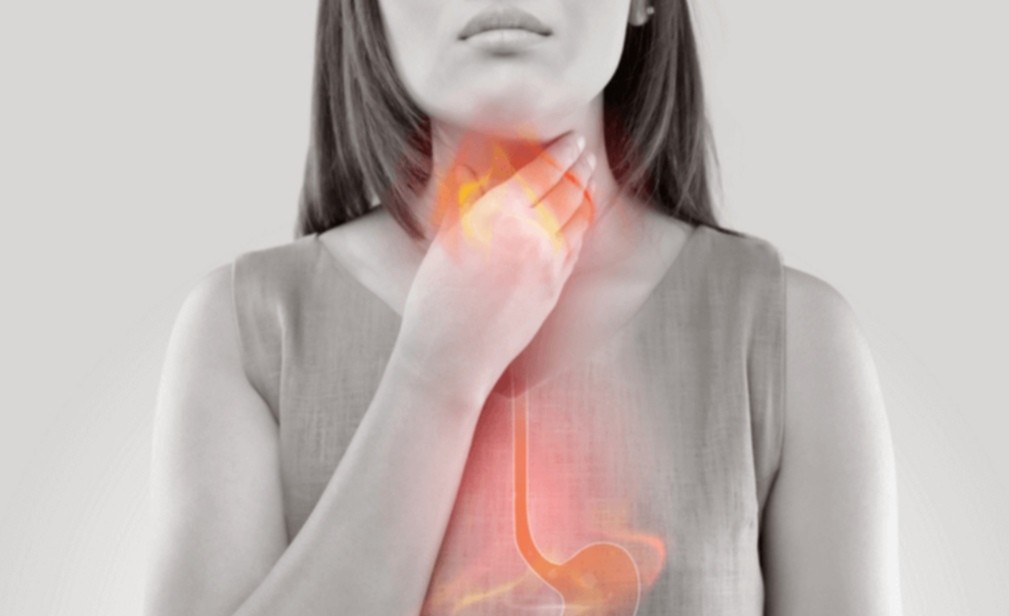Published - Wed, 12 Oct 2022

Gastroesophageal reflux disease (GERD): Symptoms, Causes &Treatment
Gastroesophageal reflux disease (GERD) is brought on by stomach acid that frequently rushes back into the tube that connects your mouth and stomach (esophagus). This backwash may irritate the lining of your esophagus (acid reflux).
INCIDENCE: 33% of people have symptoms at least once a month, while 10% of people have symptoms every day. 70% of pregnant women experience reflux.
PATHOGENESIS: Lower esophageal sphincter pressure loss is what leads to reflux. Pregnancy and medications may influence the tone of the lower esophageal sphincter. Relaxation may be aided by physical disorders like mid-body obesity or a hiatal hernia.
CLINICAL FEATURES: The reflux of acidic gastric contents into the esophagus causes a retrosternal, burning pain that may radiate to the neck or jaw. More than 50% of “chest pain” seen in the ED may be reflux.
a) The pain is often exacerbated by activities that overcome the lower esophageal sphincter resting pressure such as bending over, lying down, or consuming large meals.
b) Uncomplicated GERD is classically relieved within minutes by sitting up and drinking liquids or taking antacids.
DIFFERENTIAL DIAGNOSES: Pain from GERD can be indistinguishable from chest pain of cardiac origin; therefore, a cardiac cause must be ruled out. The resolution of symptoms after a trial of oral antacids in the ED does not necessarily exclude a cardiac cause because many patients have both cardiac disease and GERD.
EVALUATION is primarily done on an outpatient basis and may include an upper gastrointestinal series, ambulatory acid reflux testing, endoscopy, or manometry to look for spasms as the cause of pain.
THERAPY entails the following supportive measures:
a) Elevating the head of the bed 6 inches (or 30 degrees) and avoiding recumbency within 3 hours of eating.
b) Eating smaller meals and avoiding fatty foods, chocolate, caffeine, peppermint, or alcohol
c) Smoking cessation
d) Weight reduction (in obese patients)
e) Over-the-counter antacids, histamine-2 antagonists (e.g., ranitidine, cimetidine), or other agents such as proton pump inhibitors (PPIs; e.g., omeprazole, pantoprazole) are available for short-term use.
DISPOSITION: Admission is recommended for patients at risk for coronary disease. If a cardiac etiology can be ruled out, the patient may be safely released and undergo additional outpatient evaluation.
Created by
Comments (0)
Search
Popular categories
Latest blogs

All you need to know about Syphilis
Tue, 15 Nov 2022

What is Pemphigus Vulgaris?
Tue, 15 Nov 2022

Know about Scorpion Stings
Sat, 12 Nov 2022

Write a public review